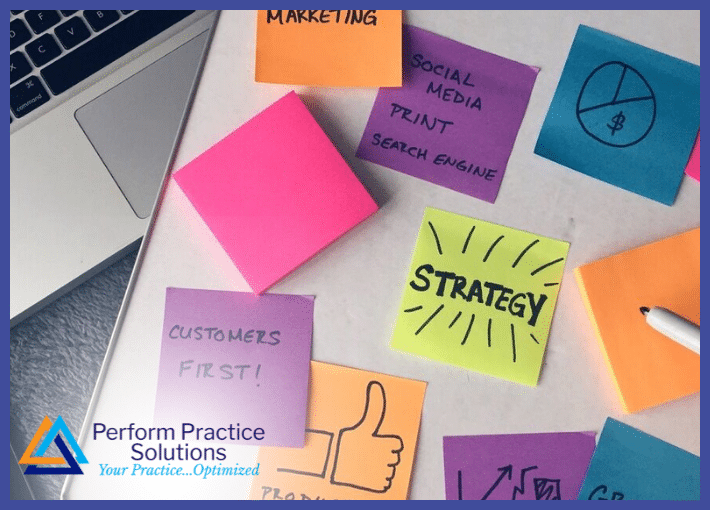Understanding your target market is essential if you want your business to be successful. The more specific you can be about who your customers are, the more readily you can create effective marketing strategies and products that will appeal to them and avoid wasting time and money. Here are some questions to help you narrow your target market while owning your own slice of the market. Remember, we have a marketing department that can assist you with determining your perfect prospect – and also work with you on-going to manage all of your content, newsletters, social media maintenance, and website needs.
Pinpointing a target audience is one of the most crucial steps in launching any successful business effort, including creating marketing campaigns and increasing sales. However, determining your audience is often much easier said than done. Before you can narrow down your ideal customer, you need to know how to do it correctly.
To that end, a panel of Young Entrepreneur Council (YEC) members answered the following question:
“What’s one question small businesses should ask themselves when narrowing down their target audience? How does this help them in their business efforts moving forward?”
Here’s what they recommend you consider when thinking about who you’ll be selling to.
1. What Segment Would Be Most Impactful?
“What segment of customers will be most impactful to the business if we can capture them? Focus on the customers who will be most impactful in a specific timeframe. Every company wants to reach every possible customer, but focusing on who will be most impactful in the near future helps you to narrow your focus and deliver to customers who will help you reach your goals faster.” ~ Cody Candee, Bounce
2. Who Are My Current Customers?
“Identify who is currently buying your products or services, as well as any common factors such as demographics or psychographics. Once you do, incentivize them to spread the word with a referral or loyalty program. Thank them, and encourage positive reviews.” ~ Duran Inci, Optimum7
3. Who Is My Business Not a Good Fit For?
“Ask yourself, ‘Who are we not a good fit for?’ I know early in the Influence & Co. days we would think, ‘Any business can be our client!’ and over time we’ve realized that we’re a much better fit for B2B companies, specifically in professional services or technology. But it took us working with a few companies who were really not a good fit for us to realize that.” ~ Kelsey Raymond, Influence & Co.
4. What’s the Data Saying About Customers?
“What’s the data saying? Companies often come into customer acquisition with a target customer in mind. This is a good starting point, but ultimately, you need to listen to the market. You need to see who’s interested, paying and engaging with your product or service. As that base begins to scale, the data becomes meaningful and can significantly improve marketing and business ROI.” ~ Carlo Cisco, SELECT
5. Who Would Buy My Product?
“If I stripped my product to its bare bones, who would buy my product if I dropped it in their hands? Find the people who are asking for your product. That’s your initial target audience and they often know what it needs to succeed. They can give you the most actionable feedback to iterate on it and improve it.” ~ Ryan D Matzner, Fueled
6. What Pain Points Can My Business Solve?
“Ask, ‘What pain points does my target audience experience that my business can solve?’ Consumers are constantly looking for brands to give them answers or solutions, so if you can do this, you’re already on the right track to moving your business forward.” ~ Stephanie Wells, Formidable Forms
7. How Do Customers Get Their Information?
“We live in an information age, and knowing how people get their information is key to business success. Do they get their information from Google, TikTok or print sources? Are they persuaded by billboards and media advertising? Figuring out where they get their info will help you know how to frame and present your content.” ~ Shu Saito, Fact Retriever
8. What Makes My Business or Products Unique?
“To narrow down your target audience, focus on what makes your business and products unique. Your competitors may offer something similar, but consider any features or benefits that set you apart. This may come down to superior quality, a lower price, faster service or a certain feature the others don’t offer. Then you can target those who will really appreciate this distinction.” ~ Kalin Kassabov, ProTexting
9. How Will I Reach My Audience?
“If you narrow down your audience too far, you may have a tough time actually reaching your audience with an impactful message. Or, you may narrow it down too far so that it’s nearly impossible to reach the numbers you need. Always think about how you are going to reach your audience when planning, and not just be theoretical.” ~ Peter Boyd, PaperStreet Web Design
10. Where Does My Target Audience Spend Time?
“You’re going to want to connect to as many potential customers as possible. If you know that a majority of your audience spends their time on Facebook, you can develop more detailed customer personas by engaging in conversations and getting involved with the community.” ~ John Brackett, Smash Balloon LLC
You don’t need to do everything on your own. From billing to marketing, including credentialing and patient eligibility verification, Perform Practice Solutions can help. Give us a call today at (833) 764-0178 and join our Facebook community.
Reference: [https://smallbiztrends.com/2021/10/small-businesses-target-audiences.html]











